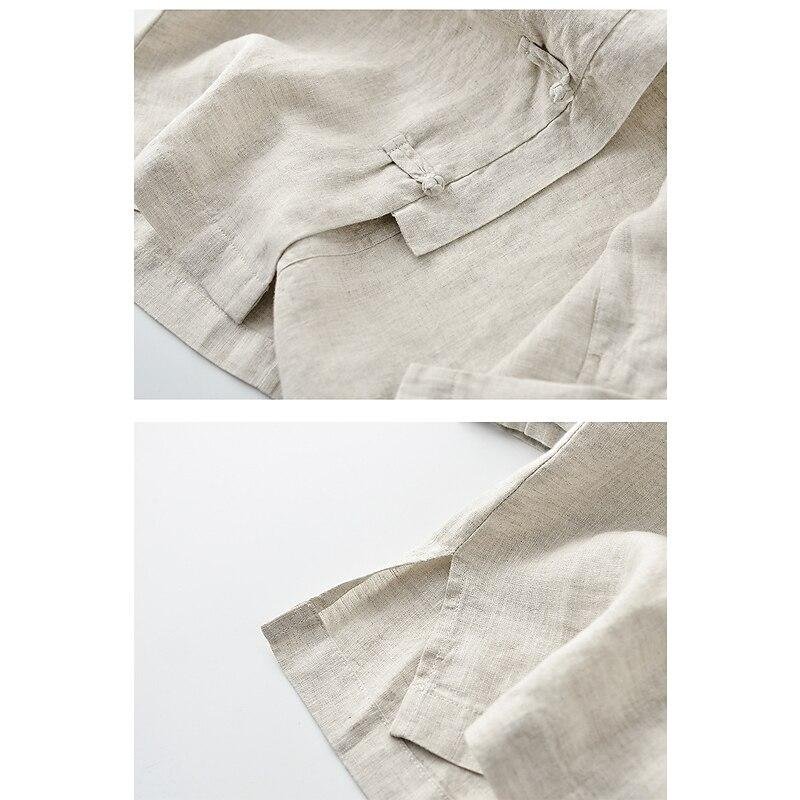Tag: “fashion, clothing industry, seasonal collections, sustainable fashion”
The fashion industry has undergone significant changes over the years. From its early days of designing and producing clothes for practical use, it has now become a global multi-billion dollar business that influences trends and shapes cultures.
One major aspect that has contributed to this evolution is the rise of seasonal collections. In the past, clothing was mainly produced based on functionality and durability rather than following any specific trend or season. However, with advancements in technology and transportation, designers were able to create multiple collections throughout the year to cater to changing consumer demands.
This shift towards seasonal collections not only led to a faster turnover rate but also created an increased demand for new styles every few months. This fueled mass production and fast fashion – where trendy pieces are quickly manufactured at low costs in order to keep up with constantly changing trends.
While this may seem like a successful business model from a profit standpoint, it has had negative impacts on both the environment and social responsibility within the industry. With such high demand for cheap garments comes poor working conditions in factories as well as excessive waste from overproduction.
In recent years, however, there has been a growing movement towards sustainable fashion. Consumers are becoming more conscious about their purchasing choices and are actively seeking out brands that prioritize ethical production practices and use eco-friendly materials.
As a result, many companies have started incorporating sustainability into their values by using recycled materials or implementing fair labor practices. Some have even taken it further by creating circular systems where old garments can be recycled into new ones instead of ending up in landfills.
With this shift towards sustainability comes another change – slower production cycles and fewer collections per year. This allows for better quality control and less waste while still offering unique designs for consumers who value individuality over constant trend-chasing.
In conclusion, from mass-produced seasonal collections to a focus on sustainability, the clothing industry has come a long way. As consumers continue to demand more responsible and ethical practices, it is crucial for fashion brands to adapt and evolve in order to stay relevant and meet the changing needs of their customers. Let us hope that this evolution towards sustainable fashion will pave the way for a greener, fairer, and more inclusive future for all.

